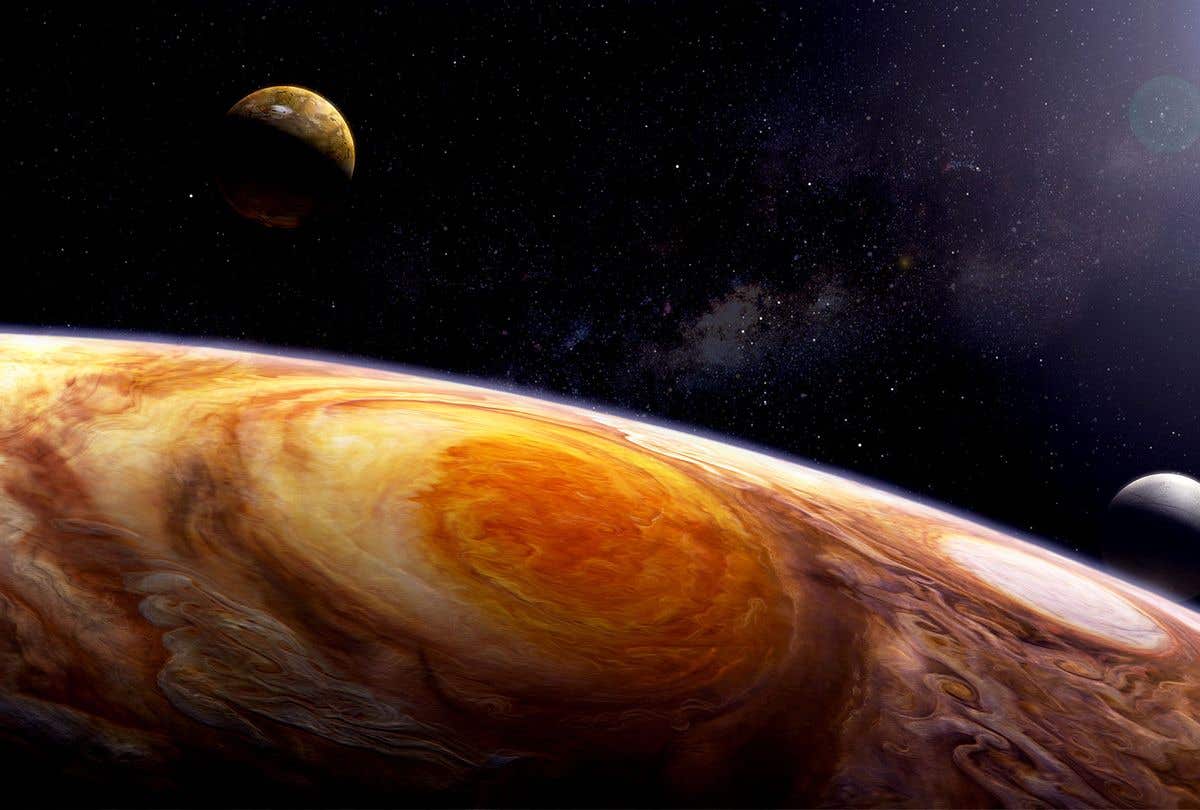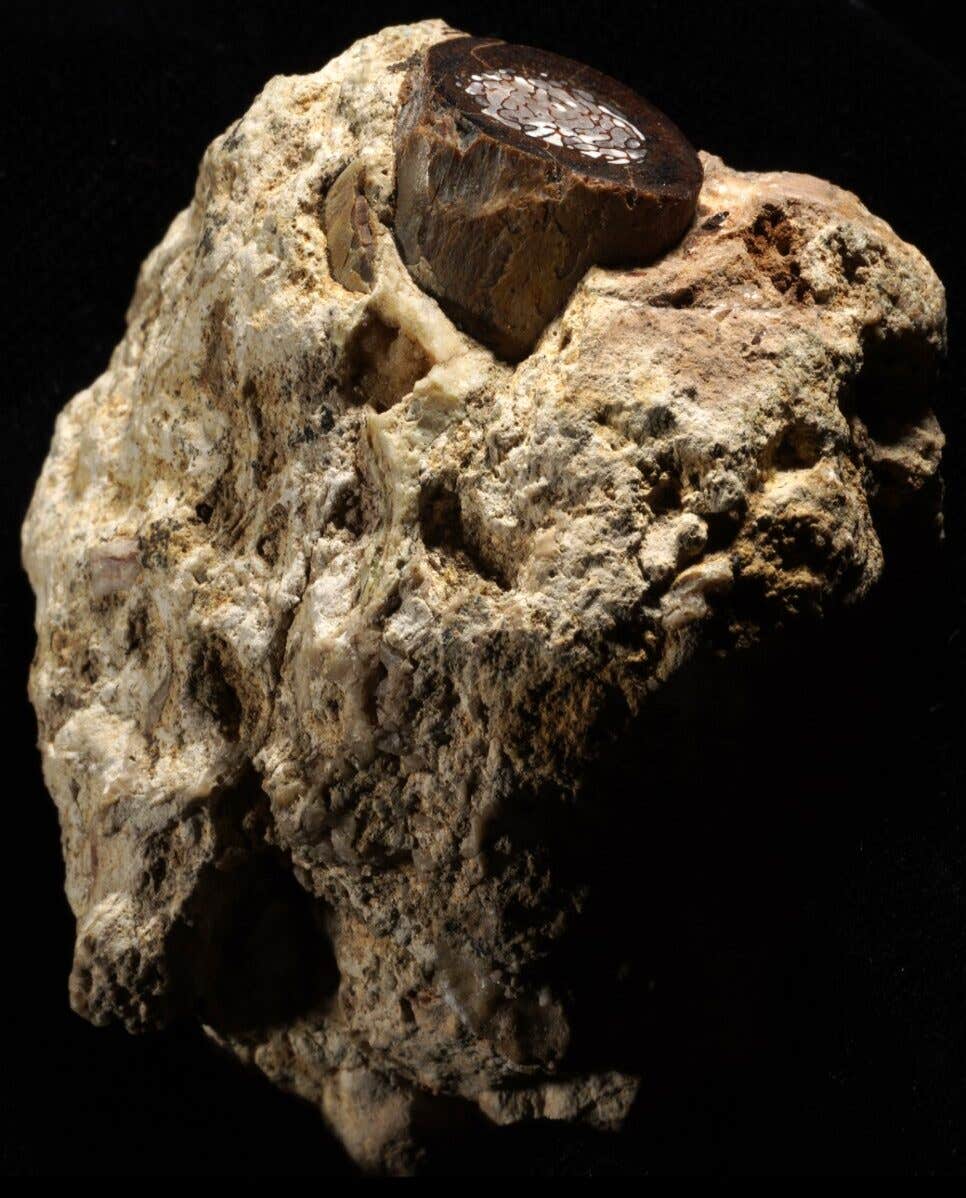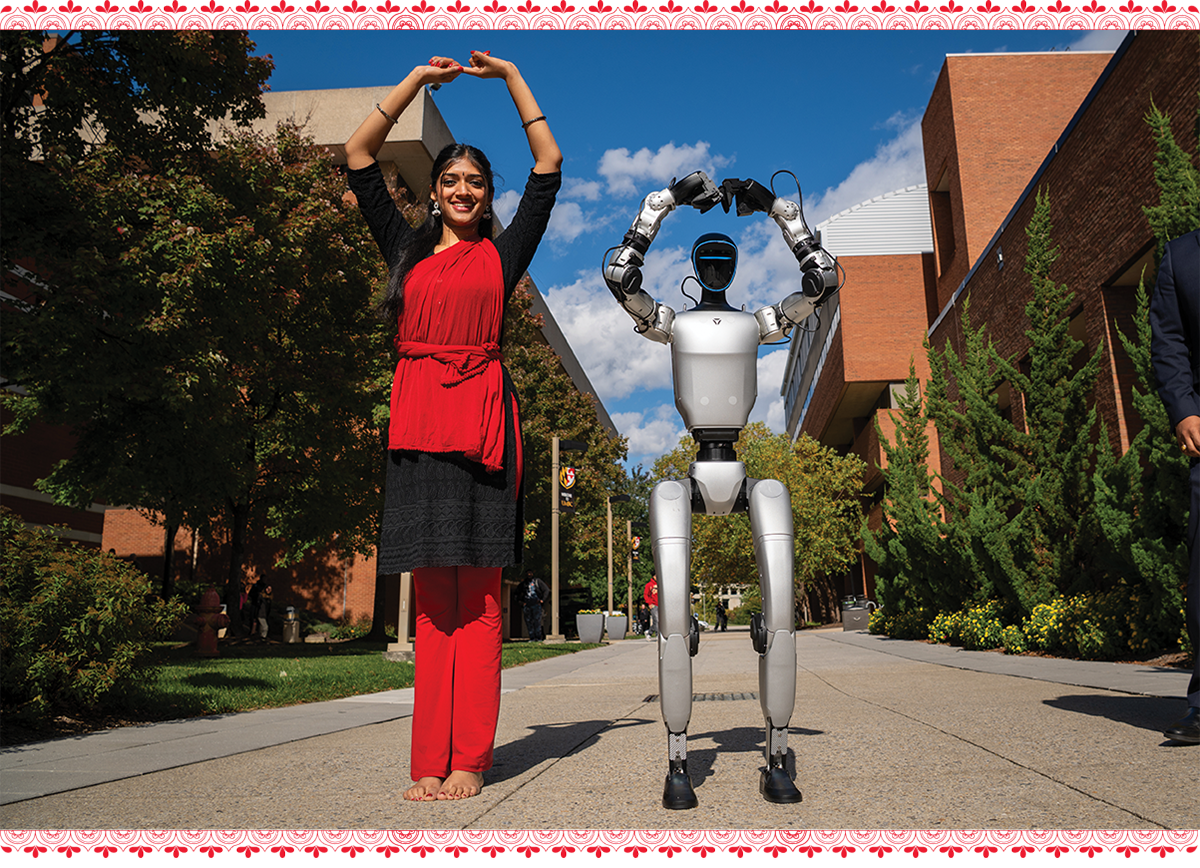Hubble shows winds in Jupiter’s great red spot are speeding up
Like the speed of an advancing race car driver, the winds in the outermost “lane” of Jupiter’s Great Red Spot are accelerating

[Oct 1, 2021: NASA/Goddard Space Flight Center]
Like the speed of an advancing race car driver, the winds in the outermost "lane" of Jupiter's Great Red Spot are accelerating – a discovery only made possible by NASA's Hubble Space Telescope, which has monitored the planet for more than a decade.
Researchers analyzing Hubble's regular "storm reports" found that the average wind speed just within the boundaries of the storm, known as a high-speed ring, has increased by up to 8 percent from 2009 to 2020. In contrast, the winds near the red spot’s innermost region are moving significantly more slowly, like someone cruising lazily on a sunny Sunday afternoon.
The massive storm's crimson-colored clouds spin counterclockwise at speeds that exceed 400 miles per hour – and the vortex is bigger than Earth itself. The red spot is legendary in part because humans have observed it for more than 150 years.
To better analyze Hubble's bounty of data, Wong took a new approach to his data analysis. He used software to track tens to hundreds of thousands of wind vectors (directions and speeds) each time Jupiter was observed by Hubble. "It gave me a much more consistent set of velocity measurements," Wong explained. "I also ran a battery of statistical tests to confirm if it was justified to call this an increase in wind speed. It is."
By analyzing images taken by NASA's Hubble Space Telescope from 2009 to 2020, researchers found that the average wind speed just within the boundaries of the Great Red Spot, set off by the outer green circle, have increased by up to 8 percent from 2009 to 2020 and exceed 400 miles per hour. In contrast, the winds near the storm's innermost region, set off by a smaller green ring, are moving significantly more slowly. Both move counterclockwise. (Credit: NASA, ESA, Michael H. Wong (UC Berkeley))
What does the increase in speed mean? "That's hard to diagnose, since Hubble can't see the bottom of the storm very well. Anything below the cloud tops is invisible in the data," explained Wong. "But it's an interesting piece of data that can help us understand what's fueling the Great Red Spot and how it's maintaining energy." There's still a lot of work to do to fully understand it.
Astronomers have pursued ongoing studies of the "king" of solar system storms since the 1870s. The Great Red Spot is an upwelling of material from Jupiter's interior. If seen from the side, the storm would have a tiered wedding cake structure with high clouds at the center cascading down to its outer layers. Astronomers have noted that it is shrinking in size and becoming more circular than oval in observations spanning more than a century. The current diameter is 10,000 miles across, meaning that Earth could still fit inside it.
In addition to observing this legendary, long-lived storm, researchers have observed storms on other planets, including Neptune, where they tend to travel across the planet’s surface and disappear over only a few years. Research like this helps scientists not only learn about the individual planets, but also draw conclusions about the underlying physics that drive and maintain planets' storms.
The majority of the data to support this research came from Hubble's Outer Planets Atmospheres Legacy program, which provides annual Hubble global views of the outer planets that allow astronomers to look for changes in the planets' storms, winds, and clouds.
The Hubble Space Telescope is a project of international cooperation between NASA and ESA (European Space Agency). NASA's Goddard Space Flight Center in Greenbelt, Maryland, manages the telescope. The Space Telescope Science Institute (STScI) in Baltimore, Maryland, conducts Hubble science operations. STScI is operated for NASA by the Association of Universities for Research in Astronomy in Washington, D.C.
For more science stories check out our New Discoveries section at The Brighter Side of News.
Like these kind of feel good stories? Get the Brighter Side of News' newsletter.
Tags: #New_Discoveries, #Jupiter, #Red_Spot, #Winds, #Science, #Planets, #Research, #The_Brighter_Side_of_News



